To begin with, Head and Neck Cancers Health Hint: Federated Health Charities’ mission is to improve the health and quality of life of all Ontarians by supporting 21 different health charities providing critical services to those experiencing, or affected by, illness. Moreover, we believe education and prevention are key parts of supporting the health of our communities so our weekly Health Hint series strives to provide tangible and easy to implement hints and tips on how to maintain your health, prevent disease, and enjoy increased quality of life.
Check out our latest Health Hint on the diaper rash and steps you can take to prevent it. We hope you find it helpful. If you would like to join our efforts to support the health of Ontario please consider a donation to Federated Health Charities. Click here to donate.
Head and Neck cancers encompass cancers of the mucous membrane of the mouth, nose, paranasal air sinuses, cancers of throat, and salivary glands.
Head and neck cancers are diagnosed in approximately 43,000 Canadians, above the age of 45 (Terry Fox Research Institute), every year (Canadian Society of Otolaryngology- Head and Neck Surgery). Common locations of head and neck cancers are the mouth and the throat. This broad category of head and neck cancers include tumors in several areas of the body.
Lip and Mouth:
Firstly, these cancers commonly arise from the floor of the mouth and the tongue, however, can evolve from the lining of the cheeks (buccal mucosa) and the gums (gingiva) (Everyone’s Guide to Cancer Therapy).
Common signs and symptoms could be a swelling or ulcer that does not heal on its own.
Oropharynx:
Secondly, this is the upper part of the throat. Cancers in this area begin in the base of the tongue and the tonsils, and since the site of theses cancers is hidden from view, they are often not discovered until a more advanced stage.
Additionally, common signs and symptoms can include difficulty or pain on swallowing, ear pain, and the development of an enlarged lymph node in the neck.
In some cases, it’s also possible that one may not experience any symptoms (Ko et al., 2008).
Nasopharynxes:
Located behind the nose and above the oropharynx, it can be seen with the aid of a mirror or a scope but can’t be viewed directly.
Also, cancers of this area are quite different from other head and neck cancers as they do not show any link to substance abuse. In fact, these cancers usually occur at a younger age.
On the other hand, common early signs include nasal obstruction or nosebleeds, inability to equalize air pressure between earpiece having hearing loss or decreased hearing, and signs of middle ear infection and cranial nerve problems such as double vision, pain, and hoarseness of voice (Ko et al., 2008).
Hypopharynx:
This is the lower part of the throat (Pharynx), just below the oropharynx. Food first passes from there as we swallow it.
Also, almost all cancer of this area arises from mucous membranes.
Symptoms generally occur late and may range from no symptoms to difficult swallowing, ear pain, or enlarged lymph nodes in the neck area (Ko et al., 2008).
Larynx:
Located in the front of the neck in the region of the Adam’s apple.
Additionally, almost all cancers of this area arise from lining membrane (mucous) and are squamous cells tumors.
Common symptoms could be persistent sore throat or hoarseness, difficulty in swallowing, difficulty in breathing, feeling something unusual in the throat, change in voice and the appearance of a lump in the neck (Ko et al., 2008).
Paranasal sinuses and nasal cavity:
These are found below and above the eye and behind the nose.
There are six sinuses:
Two just below the eye (maxillary), two above the eyes (frontal) and two behind the nose (ethmoid and sphenoid).
The maxillary sinuses are the ones most associated with cancers of this area and may include any of the following:
– Squamous cells
– Adenocarcinoma
– Olfactory neuroblastoma
– Melanoma
– Lymphoma
There may also be no symptoms in early stages. However, there could also be pain, swelling, nasal discharge containing blood, nasal obstruction, double vision and chronic sinusitis.
Salivary glands:
Salivary glands play very important roles by producing saliva that maintains the mouth moisture and helps in chewing and mastication of food.
There are three major pairs of salivary glands:
-Parotid: In front of each ear.
-Submandibular: Just below the jawbone.
-Sublingual: Under the tongue.
There may be both benign and malignant tumors of this area.
“Benign” rarely, if ever metastasize, but their growth can be aggressive, and surgery is needed to control them.
25% parotid, 40% Submandibular, 95% of sublingual, and 50% of minor salivary gland tumors are malignant.
Signs and symptoms include painless swelling and later paralysis of one side of the face.
Risk factors:
The abuse of tobacco and alcohol are the most important risk factors for head and neck cancers. Smokers and drinkers who fail to stop after the treatment of the primary lesion are at significantly higher risks of developing another cancer.
Another risk factor may be poor oral hygiene. Indeed, Poorly fitting dentures or broken teeth is a chronic reason of irritation of oral mucosa (Ko et al., 2008).
Other risk factors include:
– Wood dust inhalation.
– EBV (Epstein-Base Virus) infection.
– Chronic iron deficiency may be a cause of tongue and hypopharynx carcinoma
– Nickel exposure
– Environmental
Diagnosis of Head and Neck Cancers:
Physical examination:
– Inspection of oral and nasal cavities with mirrors and telescopes.
– Examination of suspicious lesions with fingers (palpation) and examination of back of tongue.
– Blood tests are not typically performed.
Imaging:
– CT and MRI scans.
– Barium swallow (esophageal)
– Chest x-ray.
Biopsy:
– Biopsy of any suspicious lesion is very important.
– In case of metastatic cancer in neck lymph nodes biopsy of apparently normal lesions in tongue, throat, and nasopharynx may be necessary.
Staging:
Head and neck cancers are staged according to TNM (Tumor, node (lymph), metastasis) system.
Accurate staging requires careful inspection, palpation, x-ray (if possible) appropriate biopsies and measurement and mobility of lymph nodes (Ko et al., 2008).
Sentinel mode biopsy:
It’s a special technique in which radioactive material is injected to a selected lymph node near the cancer site and followed by removal of the node by small incision.
Then, this sentinel node in examined by a pathologist if it is negative then there is no need to seek dissection. Therefore, the patient is safe to undergo an extensive surgery (Ko et al., 2008).
Treatment to Head and Neck Cancers:
Before going to treatment, your care provider will see first how treatment can be enhanced. Hence, there are three phases of cancer treatment.
– Improving lifestyle
– Boosting Biology
– Enhancing treatment
On the other side, there are various parameters that affect the choice of treatment and not least among these, but often forgotten, are the patients themselves. Indeed, their general health, understanding of their disease, geographical location, social and domestic conditions, and commitments all play a role in decision making.
In many instances of oral cancer, combined surgery and radiotherapy constitutes optional treatment (Ko et al., 2008).
Surgery and Radiotherapy:
Suggested management plan may vary according to surgeon’s concerns.
Tumors at early-stage, surgery or radiotherapy offer equal cure rates.
Advance stages, more than 50% of patients will have occult (hidden) metastasis prophylactic radiotherapy: radiotherapy works for occult but not for obvious bulky nodes or prophylactic selective neck dissection.
Large tumors close or positive margins and extra capsular spread, radiotherapy is given post operatively.
Cancers from anterior floor of mouth may spread to bilateral lymph nodes, bilateral selective neck dissection can be simultaneous and is usual.
Simultaneous chemotherapy and radiotherapy can have a dramatic effect on poorly differentiated squamous cell carcinomas especially those originating from postnasal space, tonsils and tongue base.
Surgery of the major salivary glands is primarily for tumors as parotidectomy.
Chemotherapy:
Finally, there is, as of now, no proven role for chemotherapy in oral cancers, other than in combination with radiotherapy or in palliation (relief of symptoms) (Ko et al., 2008).
We hope you liked out latest Health Hint!
Written by Dr. Nadia Mumtaz
Related articles
Health Hint: Cancer Prevention
Heidi’s Story – Canadian Cancer Society






